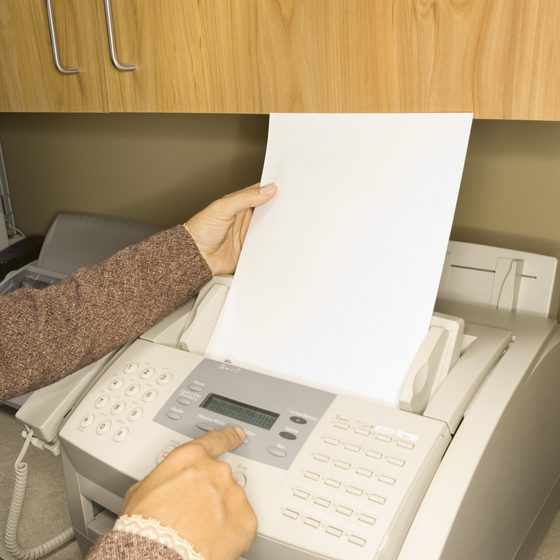At that time, PAGB was the only copy review body to send copy back electronically.
RACC (Radio Advertising Clearance Centre, the predecessor of Radio Centre) was returning scripts by fax and BACC (the predecessor of Clearcast) was starting work on its bespoke system. Most days, moving to an electronic system was an enormous improvement. However, there were times of great frustration when the Internet/IT system would fail, and we would have to find a means to contact members, alerting them of the need to submit by post/fax.
Changes in advertising
Retail Price Maintenance on medicines was lifted in early 2001. For the first time, consumer-facing discounts, buy-one-get-one-frees, combination deals, loyalty card points and gifts with purchase could be used to promote over-the-counter medicines. In 2001, the first ‘PAGB Consumer Promotions and PR Guideline’ was produced. Promotions were generally considered to be acceptable if they did not promote the excessive or inappropriate use of medicines.
Additional restrictions applied for medicines with known safety issues such as codeine-containing products and oral analgesics. Despite the Medicines Control Agency (MCA, the predecessor of the Medicines and Healthcare products Regulatory Agency (MHRA)) being very concerned about the possible impact of promotions, the transition went very smoothly. MCA (and later, MHRA) did not raise any concerns about promotions undertaken by PAGB members.
Moving into food supplements
The most significant changes in food supplement advertising happened later in my PAGB career.
Until 2010, the CAP Code, the ITC Code and the Radio Advertising Standards Code only permitted us to advertise vitamin and mineral supplements to people viewed to be at risk of an inadequate intake. Target groups such as ‘people who eat nutritionally inadequate meals’, ‘children and adolescents’ and ‘women of childbearing age’ had to be included in advertising materials. After a long-fought battle, these restrictions were finally set aside in 2010. This was a huge success for the industry. Instead, the new requirements of the Nutrition and Health Claims Regulation gradually came into force.
Overall, the new regulation made things easier for vitamin and mineral brands (particularly, if one sets aside the restrictive rules on comparisons). Advertisers could select appropriate claims from the list of authorised health claims without needing to submit additional evidence. Manufacturers of other food supplement ingredients found the new regulation to be rather more challenging.
When I left PAGB, in 2013, we had three full time members of staff (including myself). The department was reviewing approximately 6500 pieces of advertising copy per year, together with packaging for both medicines and food supplements. In 2018 this had increased to 10,222 pieces of reviewed copy.
Congratulations to PAGB for it’s 100th birthday. I would like to wish the Association, and its staff, all the very best, for many more birthdays to come.
By Lucy Rochford, Advertising Services Manager 2001- 2010, Head of Copy Clearance 2010 – 2013, PAGB
Since leaving PAGB, Lucy has set up ‘Advertising Health Check Ltd.’, where she continues to help companies ensure compliance with the various advertising codes and regulations, for more information contact lucy@lucyrochford.com.




